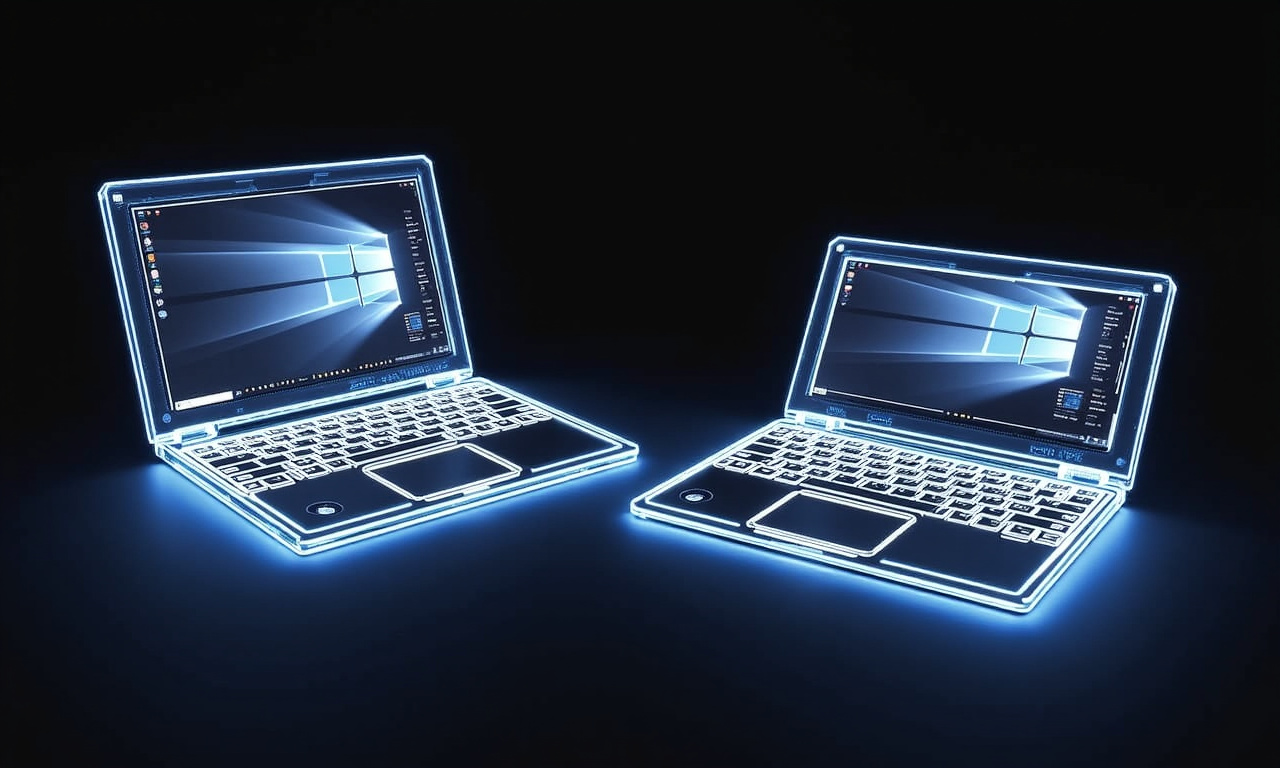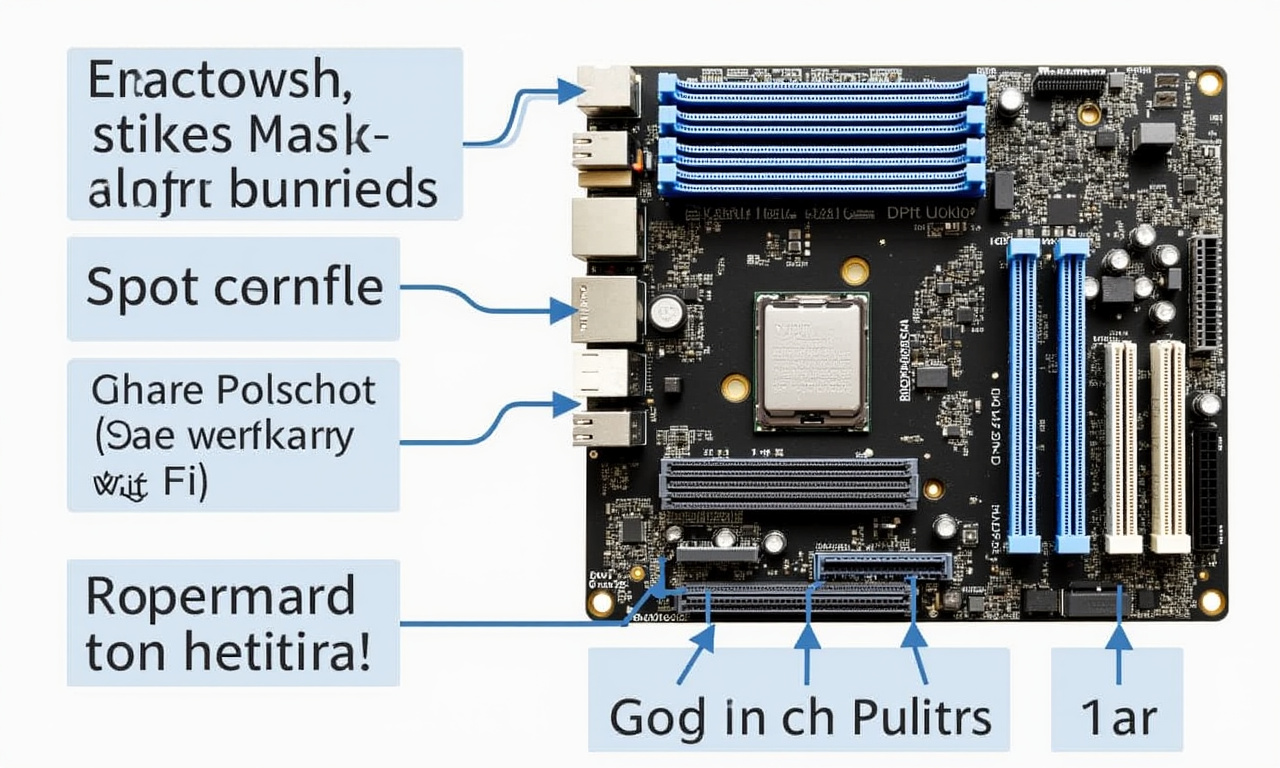AMD Enhances FSR 3 with Minor Update, Prepares for Redstone AI Integration
Zooming In
Context and Background
Advanced Micro Devices (AMD) has recently rolled out an update to its FidelityFX Super Resolution (FSR) technology, marking a strategic step towards integrating Redstone AI capabilities. This minor update, although labeled as version 3.1.4, sets the stage for significant future enhancements, particularly as the gaming industry continues to evolve rapidly with increasing demands for high-quality graphics and immersive experiences.
The Current Landscape in Graphics Technology
The dichotomy between AMD’s FSR and NVIDIA’s Deep Learning Super Sampling (DLSS) technology has long been a focal point of competition in the gaming graphics sector. DLSS, known for its AI-driven enhancements, has set a high bar in terms of technical achievement. NVIDIA’s approach integrates sophisticated machine learning models to upscale game resolutions, providing users with smoother gameplay and higher frame rates. Conversely, AMD’s FSR has been praised for its open-source approach, which allows greater flexibility and broader hardware compatibility.
Key Features of the FSR 3.1.4 Update
The latest FSR update focuses on improving upscaling quality to reduce visual artifacts such as ghosting in dynamic scenes. It also introduces a signed, easily upgradable Dynamic-Link Library (DLL), simplifying future updates and integrating expanded features, such as those tied to FSR 4, into existing games. This update reflects AMD’s ongoing commitment to enhancing visual fidelity without compromising performance, which is crucial for gamers and developers alike.
Redstone AI: The Future of FSR
Redstone AI represents the next frontier for AMD’s graphical capabilities. This initiative aims to incorporate machine learning to improve ray tracing and upscaling, aiming for parity with or even surpassing DLSS. By using AI for real-time image enhancements, including a machine learning-driven radiance cache and denoiser, AMD is pushing the envelope in terms of what is possible with non-RTX hardware. Redstone’s potential to deliver superior ray tracing lighting effects and frame rate improvements could redefine user experiences.
Industry Reactions and Implications
The integration of Redstone AI into FSR has drawn significant attention from industry experts. Many anticipate that this move could level the playing field between AMD and NVIDIA, especially if the machine learning-driven enhancements live up to expectations. “This update could represent a turning point for developers who seek high performance without being locked into specific hardware ecosystems,” noted a prominent gaming technology analyst.
Consumer and Developer Impact
For consumers, particularly those with mid-range and budget systems, these advancements mean access to high-quality graphics typically reserved for high-end setups. Developers stand to benefit from the simplified upgrade paths and enhanced toolsets, potentially leading to more innovative and visually striking game designs.
Conclusion and the Road Ahead
Scheduled for broader rollout in the latter half of 2025, the Redstone project is poised to unleash transformative capabilities within the FSR technology. As AMD continues refining these features, the anticipation builds around its eventual market presence. Industry observers and gamers alike are keen to see how this technological evolution will influence the competitive landscape and what’s next in AMD’s developmental pipeline. In essence, FSR 3.1.4 may be a minor update, but its foundational importance can’t be overstated as AMD lays down stepping stones for a more dynamically engaging gaming experience.









